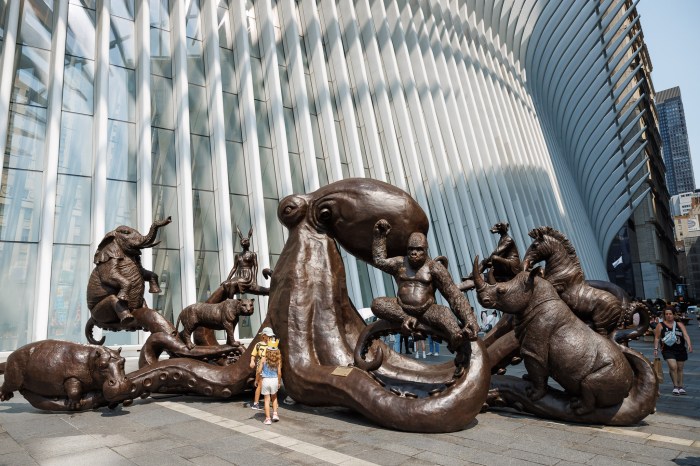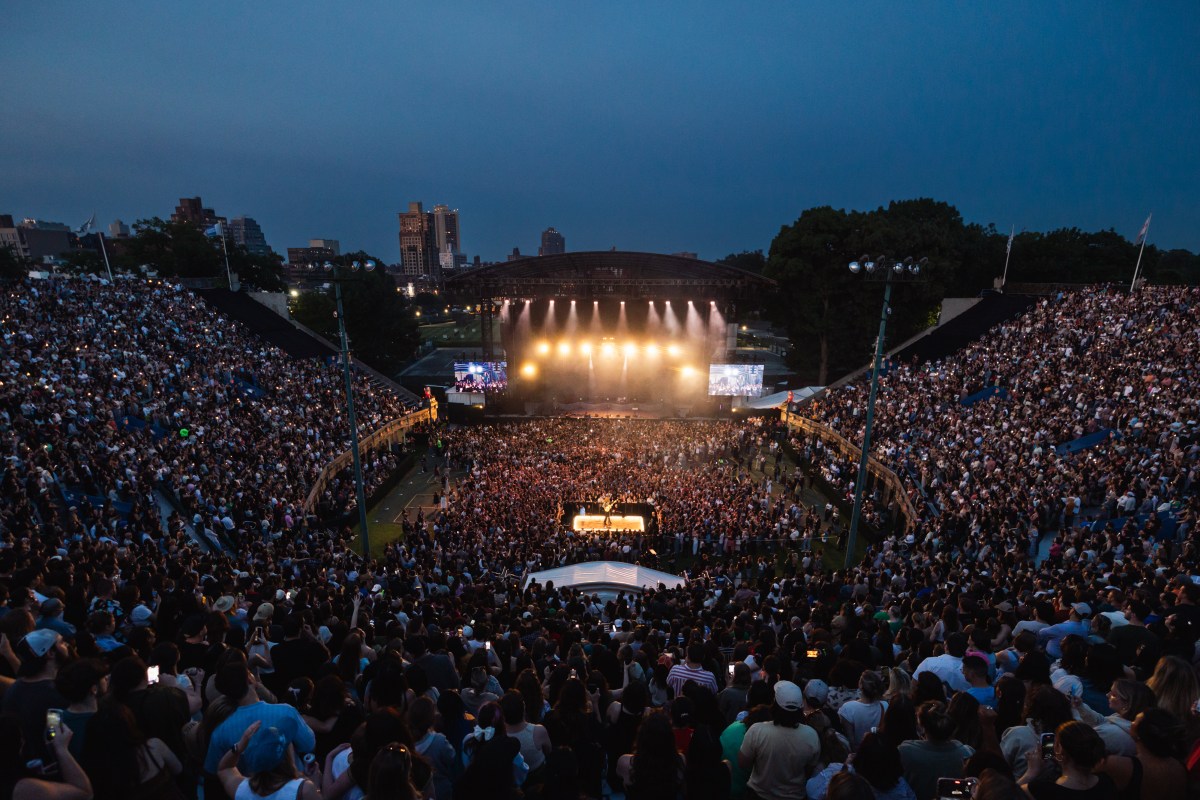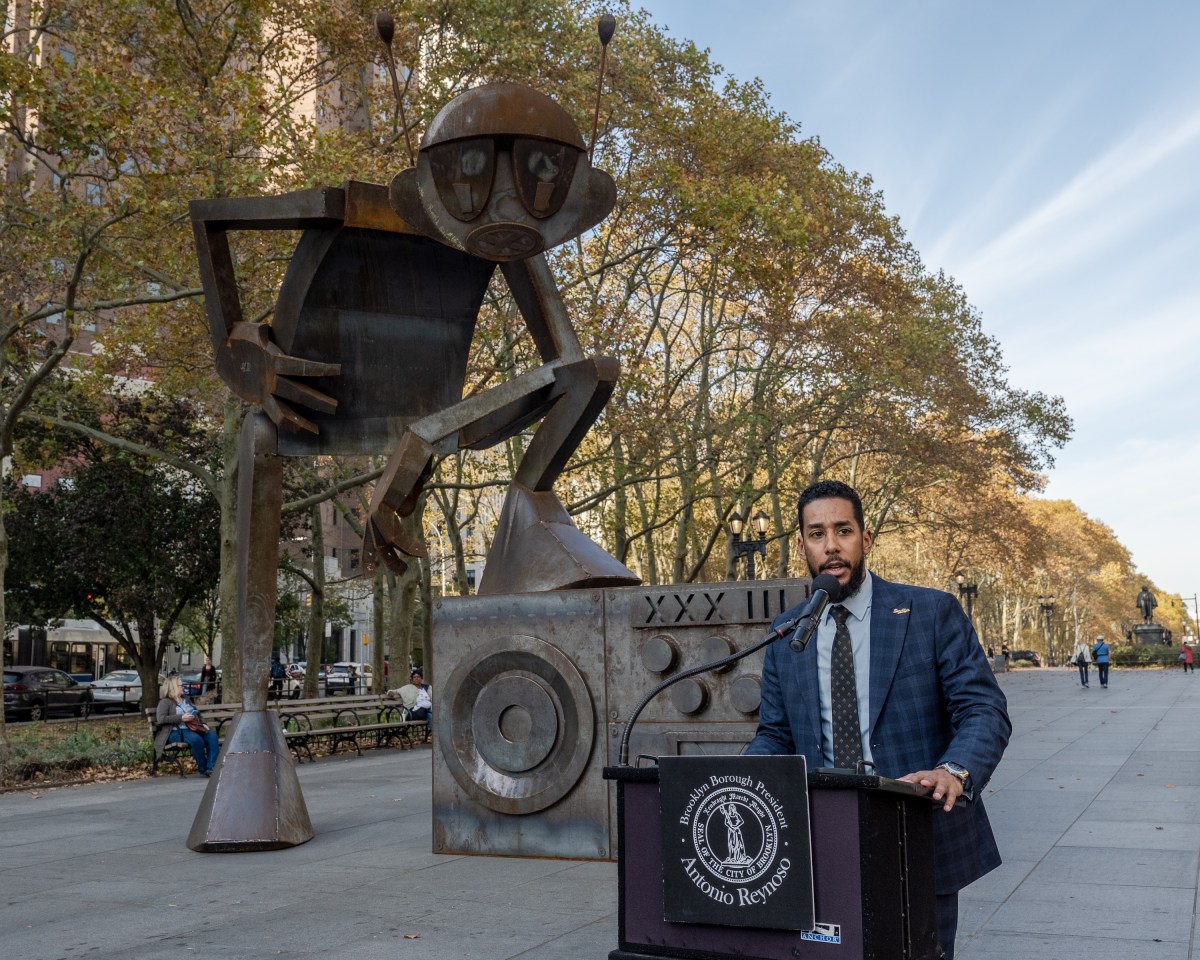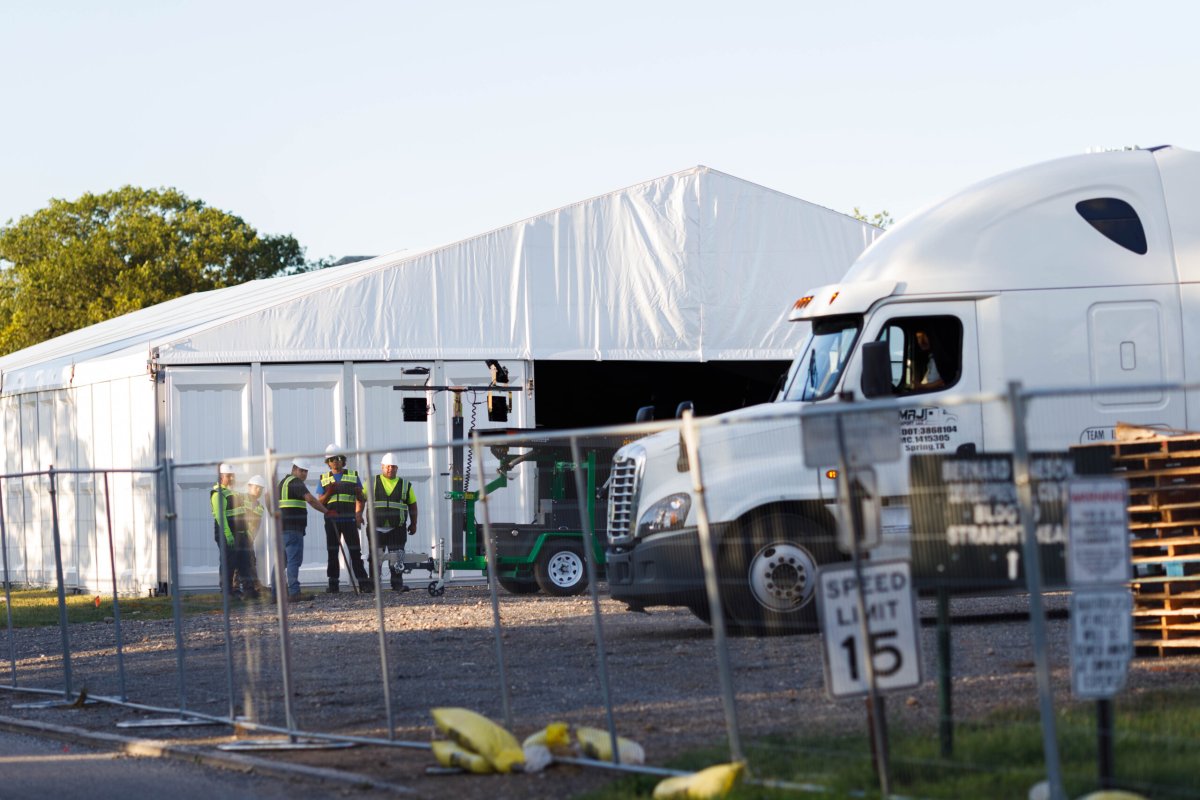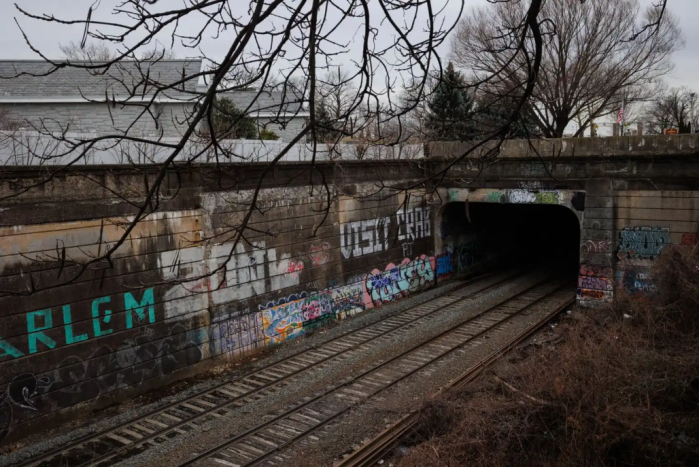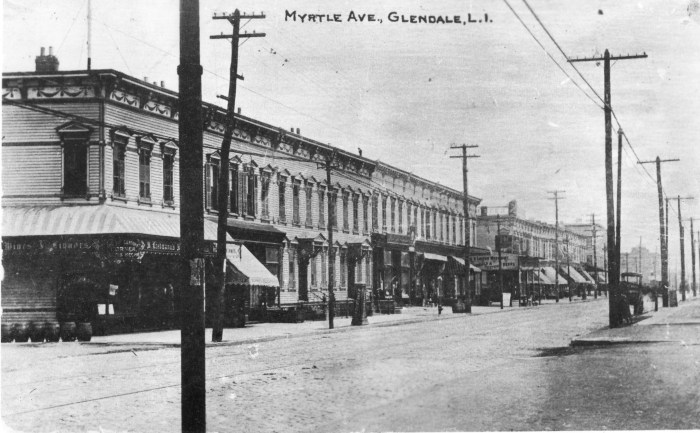BY LINCOLN ANDERSON | Hold your horses!
Despite the city’s effort to fast-track a first-of-its-kind no-cars “busway” on 14th St., a judge on Friday morning slammed the brakes on the scheme — just three days before it was set to start — saying that data justifying the sweeping changes is needed.
The city had planned to radically transform traffic on 14th St. starting Mon., July 1, by implementing a novel “Transit/Trucks Priority” lanes plan. The idea — pitched as an unusually lengthy 18-month pilot plan — has not been done anywhere else in New York City to date.

Under the change, cars would have been banned from 14th St. daily between the hours of 6 a.m. and 10 p.m., with moving traffic squeezed down to just one lane eastbound and one lane westbound for buses and through trucks. The idea was to speed up buses on the M14 route — with Select Bus Service also set to kick off on July 1 as part of the plan.
But two weeks ago, Village activist attorney Arthur Schwartz — representing a slew of Chelsea and Village block associations, plus several large co-op buildings on W. 14th and W. 13th Sts. — sued Polly Trottenberg, the commissioner of the Department of Transportation, over the plan, lambasting it as “arbitrary and capricious.”
Friday morning, state Supreme Court Justice Eileen Rakower gave her ruling on Schwartz’s request for a temporary restraining order, or T.R.O., to block the plan. Schwartz and D.O.T. had made arguments before her earlier in the week on Monday.
Basically, the S.B.S. can start on 14th St., since that was not part of the lawsuit. New ticketing kiosks have been installed along the M14 route, so that bus riders can prepay their fares and board more quickly.
“She barred them from implementing the busway — but she didn’t bar them from implementing S.B.S. because we didn’t ask for that,” Schwartz said, speaking shortly after the ruling.

According to Schwartz, a city Law Department attorney representing D.O.T. argued that starting the S.B.S. would be hard to do without the busway also being implemented. But Schwartz countered that several other Manhattan crosstown streets, like 23rd St., have S.B.S., yet don’t have a similar car-banning scheme.
But the city kept pushing for fast-tracking the plan, saying it would otherwise have to wait till September.
“They said, if they can’t do it now, they can’t do it again till Labor Day, when there’s lighter traffic,” Schwartz added of the city’s arguments.
According to Schwartz, who is also the Village’s male Democratic district leader, Rakower said D.O.T. had not submitted data to back up why the plan was needed. When the city was pitching an earlier form of the busway to offset the “L-pocalpyse” (full L-train shutdown), D.O.T. provided plenty of data and “modeling” — but not this time around, Schwartz said.
“That [previous] study showed a 50 percent increase in traffic on 12th, 13th, 15th and 16th Sts.,” the Village attorney noted.
Rakower set Aug. 6 as the next date to hear arguments from the parties, and both sides were given July dates for submitting additional paperwork.
“She could rule that day, or she could rule a month later,” Schwartz said of the Aug. 6 return date.
The lawsuit also asked the court to rule on the new crosstown protected bike lanes on W. 12th and W. 13th Sts. The lanes were added in anticipation of the full L-train shutdown, which has since been drastically scaled back to a “slowdown,” with repair work on the L tunnel now being done on nights and weekends, with L-train service never completely interrupted.
“We didn’t discuss the bike lanes,” Schwartz said of his arguments before Rakower so far.
He said the lawsuit is not asking for a T.R.O. on the bike lanes, but an “ultimate ruling,” which might be to narrow down the buffer zone next to them, which would, for example, allow emergency vehicles to get around stalled traffic on the side street.
As this paper reported, the activist attorney also plans to sue the New York City Transit Authority over its intention to eliminate bus stops on the M14 as part of implementing S.B.S.
“I’m hoping next week to be in court about the cutting out of bus stops,” Schwartz said.
In that case, he will be representing plaintiff Disabled in Action, a group advocating for disabled New Yorkers.
The city has recently put up new bus-stop signs along the M14 route with new bus times for S.B.S. Schwartz said he’s going to look at them soon, and is curious to see if they show a negligible speed increase of just a few minutes.
Judy Pesin, a leader of the 14th St. Coalition — a group of Village and Chelsea block associations and large apartments buildings opposed to the busway — was among the handful of opponents present as Rakower gave her decision on Friday.
“It was quite something,” she said afterward. “I didn’t expect the result we got. D.O.T. implied that [starting the busway] July 1 was critical because it was tied into the M.T.A. and the bus routes and the bus plan and the law enforcement [of the busway]. And the judge basically said, ‘What’s stopping the S.B.S. from starting? Just do the S.B.S. and see what happens.’
“A lot of what she was talking about was, ‘Let’s see the data.’ There was a lot of data a year ago,” Pesin added. “To paraphrase, she said that, a year ago there were a lot of ‘competing demands,’ with 275,000 people affected if the L train shut down. To paraphrase, she said, ‘Now it’s different. … Where is the hard look at the data?’”
A year ago, the city was saying 50,000 straphangers who use the L train on 14th St. daily would be impacted in the event of a full shutdown of the subway line in Manhattan.
Pesin said the T.R.O. ruling has “reinvigorated” the busway’s opponents. She added that she supports the S.B.S. plan, and that the opponents now want to see if M14 bus speeds will increase with it, even without turning the street into a no-cars busway.
S.B.S. on the M14 will still start on July 1, according to a D.O.T. spokesperson.
“Our plans for 14th St. are a centerpiece of our ‘Better Buses’ plan, with the important goal of increasing bus speeds,” said Scott Gastel. “Today’s disappointing ruling will affect tens of thousands of M14 bus riders each day. We understand from M.T.A. that M14 Select Bus Service will be moving forward this Monday, but the ruling means that for the first time ever, S.B.S. will operate without the trademarked dedicated lanes that have dramatically increased bus speeds and reliability on S.B.S. routes around the city. We will provide the information the court has requested. We are confident in both our traffic analysis, and that the court will recognize that we followed all correct procedures — allowing this critically important safety and mobility project to proceed.”
Schwartz said markings have been painted on 14th St. to reduce it to two lanes on each side, including an extra-wide parking/unloading lane by the curb — but that the traffic lane has not been painted a color to demarcate it as an S.B.S. lane.
Meanwhile, the Riders Alliance, a group advocating for public transportation, angrily blasted the busway opponents as “hypocrites.”
“The 14th St. hypocrisy has got to stop,” Danny Pearlstein, their spokesperson, said. “There’s no way neighbors can claim they care about their fellow New Yorkers while also throwing up endless barriers to faster, more reliable commutes.
“New York’s working people can’t afford to litigate their right to decent bus service.”



